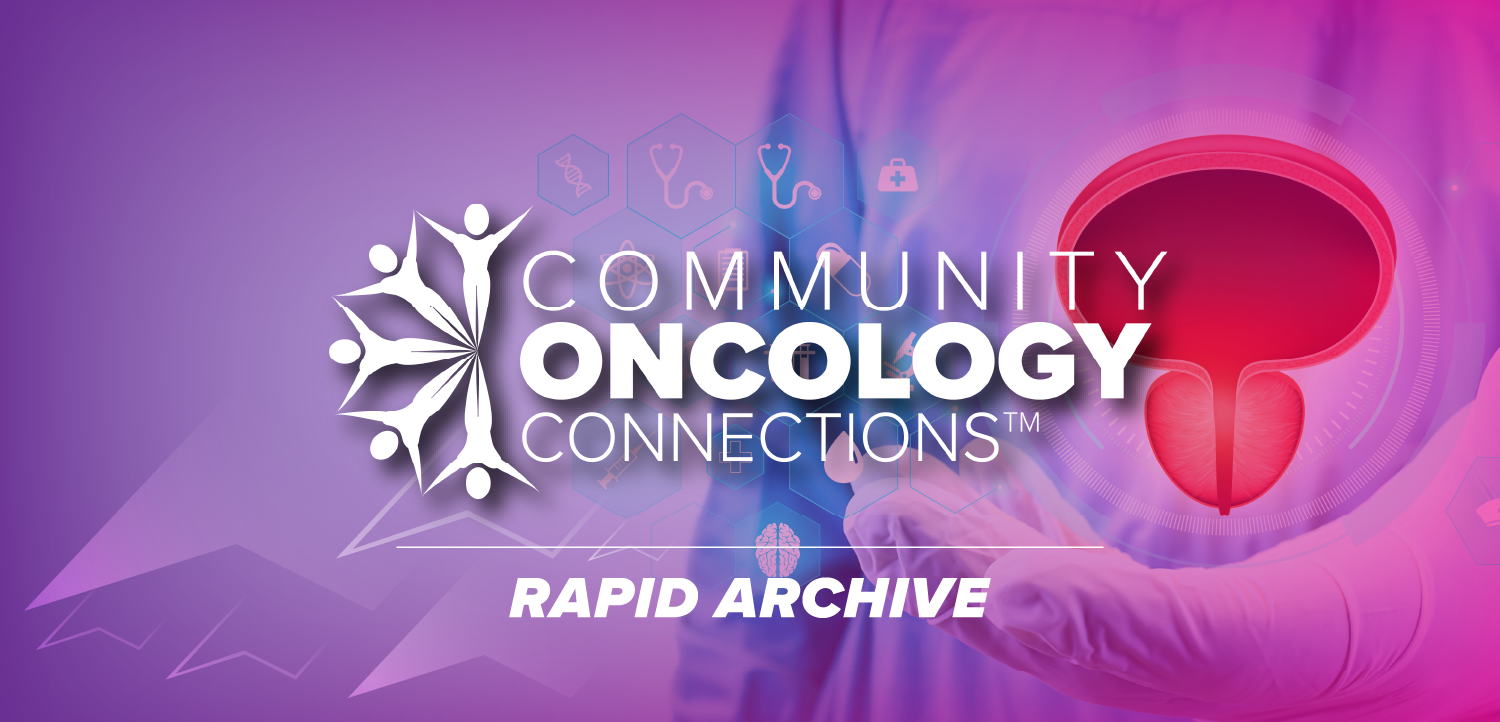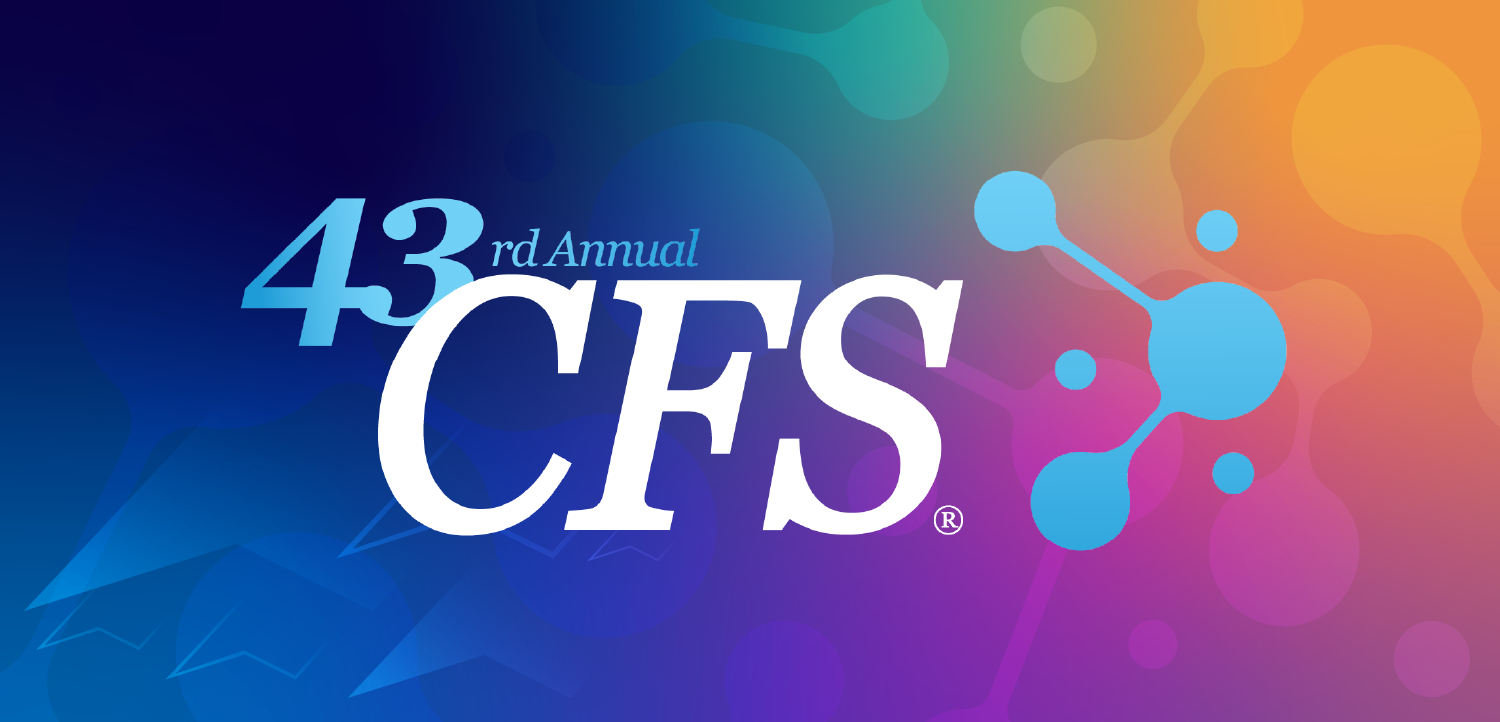Rehashed GAO data may fortify Stark
Having exhausted the obvious sources of information, the GeneralAccounting Office appears to have hit a dead end in its studyof technical charges associated with high-tech imaging modalities.Rep. Fortney "Pete" Stark (D-CA) requested the
Having exhausted the obvious sources of information, the GeneralAccounting Office appears to have hit a dead end in its studyof technical charges associated with high-tech imaging modalities.Rep. Fortney "Pete" Stark (D-CA) requested the studylast year.
Financial evaluator Rajiv Mukerji and his GAO colleagues havefinished only a broad outline of the report, which is due in CongressApril 1.
"So far, we're working on the scoping phase. We'd liketo get into the collection of cost information," Mukerjisaid.
But that is proving tougher than expected; Mukerji has expresseddisappointment at the lack of available information sources. Hisdissatisfaction is partly due to the GAO's attempt to find completedstudies rather than conduct its own in-depth research.
Data on computed tomography and magnetic resonance imagingexams are available. The American Hospital Association, NationalElectrical Manufacturers Association and American College of Radiologyhave contributed information to the GAO research. But the GAOreport is likely to be little more than a rehash of this materialif additional sources are not forthcoming. That portends troublefor CT and MRI.
The ACR conducted a survey last year showing that the technicalcharge for MRI is a robust $400 per case and for CT, about $175.Indications are that this will be the nucleus of the GAO report.
Technical charges go into the pockets of equipment owners and,consequently, directly impact the budgets for new equipment purchases.Declines in these revenues will primarily affect radiology grouppractices and freestanding imaging centers, which do not havethe financial expertise or capital to conduct long-range budgetplanning.
Mukerji indicated that the office would be content to baseits conclusions on second-hand data. It hopes eventually to performcase studies to verify the information, he said.
The American Imaging Association, which represents outpatientclinics, has advised Mukerji that it may have more data available,and mobile operators might also provide additional information.But as time runs out, it appears less likely that the GAO willturn up any novel insights.
The GAO's failure to aggressively research the issue may giveStark what he wants: a government stamp of approval on existinganalyses. In his request to the GAO for a formal study, the congressmancited a New York State Department of Health study. He used thesame study two years ago in his attempt to convince the HealthCare Financing Administration to review MRI payments. CapitolHill insiders agree that Stark requested the GAO study to bolsterhis efforts to reduce the Medicare charges for MRI.
Past efforts by Stark to induce Congress to cut MRI paymentswere rebuffed. But that might not be the case this time around,in light of the pressures on Congress to cut billions from Medicareand the GAO's conclusion that charges for high-tech scans areovervalued.
Newsletter
Stay at the forefront of radiology with the Diagnostic Imaging newsletter, delivering the latest news, clinical insights, and imaging advancements for today’s radiologists.


























